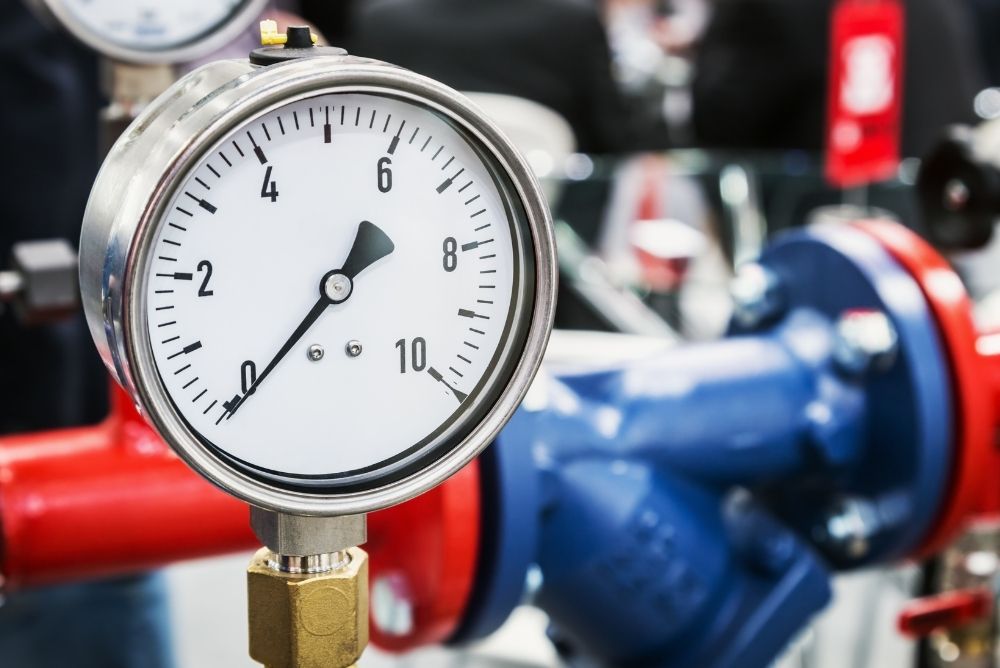Radon gas is the result of the natural decay of uranium within the earth. Although it’s not a problem in all locations, it’s a radioactive substance and a potential carcinogen. Because radon gas is odorless, clear, and tasteless, it’s nearly impossible to detect in your home. Therefore, knowing the best way to install a radon mitigation system is the best way to protect your family from invisible danger.
Make a Hole
The first step to installing an active radon mitigation system is drilling a hole in your basement slab large enough for a three-inch plastic pipe. Consider using a vacuum as you drill to control the amount of concrete dust you produce.
Dig out a small pit below the slab. If you have gravel beneath your slab, you’ll need only a small area, but you may need a larger space if you have dense soil. Loosen the soil first, and then vacuum it out.
Run a Pipe From Foundation to Attic
Next, you’ll need to find a path to run a plastic pipe from your home’s foundation to the attic. Run the base piece of pipe a few inches into the pit you made underneath the slab, and seal it using cement. You may need multiple pipes connected by PVC joints and elbows. Secure the joints with glue and support the pipe with straps if necessary.
Run Pipe to a Fan
You’ll need an electrical outlet to plug in the fan in your attic. The pipe connects to a fan that constantly runs to help pull radon gas from the house and push it out. Although the pipe runs through your roof for the gas to escape, you can use a standard plumbing boot to keep water and other foreign substances from getting into your home.
Install a Manometer
A manometer is a gauge that lets you know if your system is working or not. It indicates pressure, and you can tell if your fan is moving or not based on reading the gauge on the pipe. If your fan stops moving, it may need servicing or a replacement part as soon as possible.
Potential radon exposure isn’t something to take lightly. Although most homes already have a radon mitigation system, understanding how it works and the best way to install one can help keep you and your family safe. Additionally, you shouldn’t hesitate to hire a professional specializing in radon mitigation systems in Colorado Springs, CO. Acting sooner rather than later could be the difference between good health and lung cancer for your family’s future.


Recent Comments